Small Animal Surgical Nursing 4th Edition
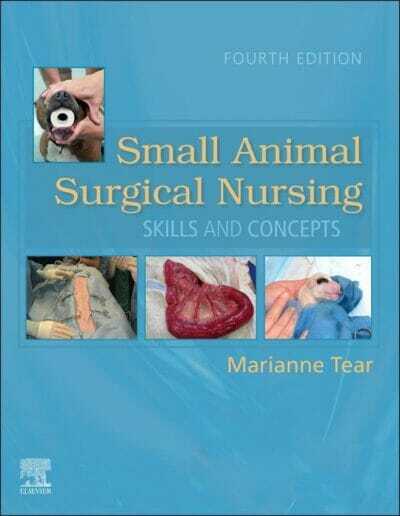
By Marianne Tear
Small Animal Surgical Nursing 4th Edition PDF helps you learn the protocols and techniques you need to work together with the veterinarian as a smoothly functioning surgical team. Clear guidelines are provided in areas such as surgical instruments and procedures, anesthesia, patient monitoring, preoperative and postoperative care of the animals, pain management, and client education. This edition is updated throughout and includes timed instrument identification exercises on the Evolve website. Written by well-known educator Marianne Tear, this comprehensive resource ensures that you are highly competent in performing all of the vet tech’s surgical responsibilities.
Small Animal Surgical Nursing 4th Edition Features:
- Coverage of small animal surgical nursing provides a full review of the role and responsibilities of the veterinary technician in the surgical setting, including sterilization, protocols, gowning, gloving, anesthesia, wound management, and care of the animals before and after surgery.
- Focus on exceptional clinical skills and practice tips draws from the author’s real-world experiences of what is most commonly encountered in the clinical setting.
- Nearly 500 full-color illustrations and photographs show surgical equipment, instruments, sterile techniques, suturing techniques, and wound management.
- Attention to detail ensures understanding of the skills covered in required veterinary technician surgical nursing courses.
- Learning Objectives and Key Terms at the beginning of each chapter identify the material that should be mastered in the upcoming chapter.
- Key Points and Review Questions at the end of each chapter facilitate study and reinforce understanding.
- Quick Reference for Common IV Infusions and Analgesic Protocols appendix helps students learn to work quickly and efficiently.
This Book is Available For Premium Members Only

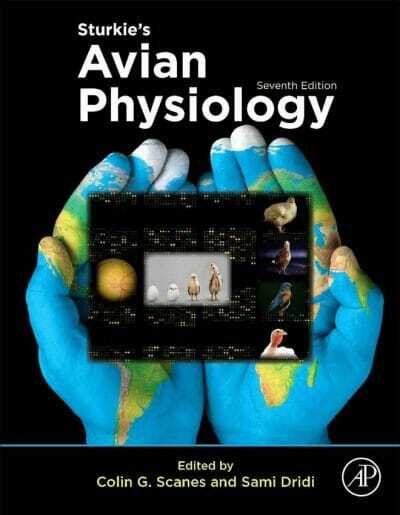
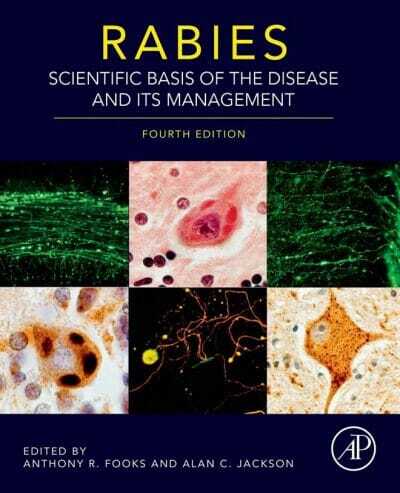
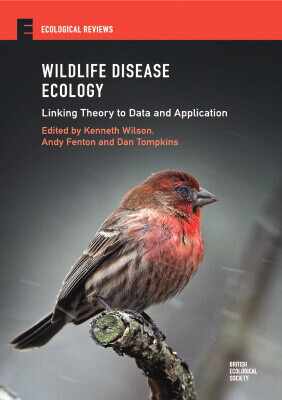

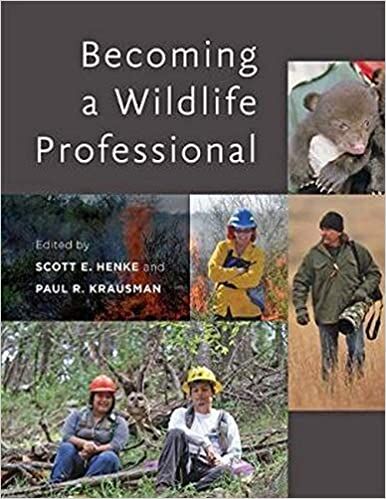
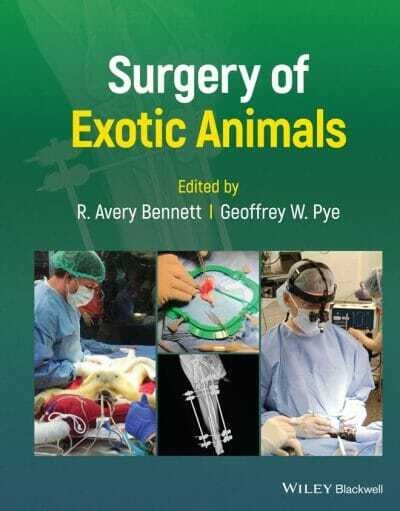
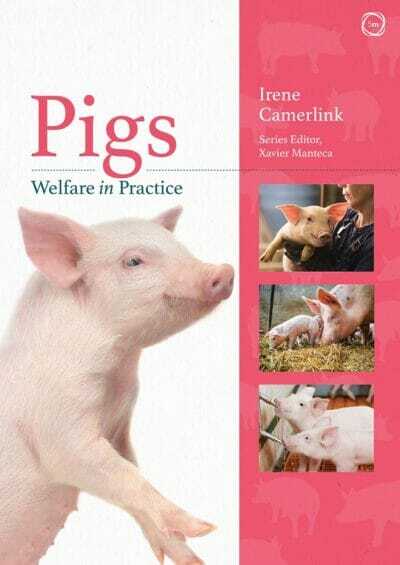

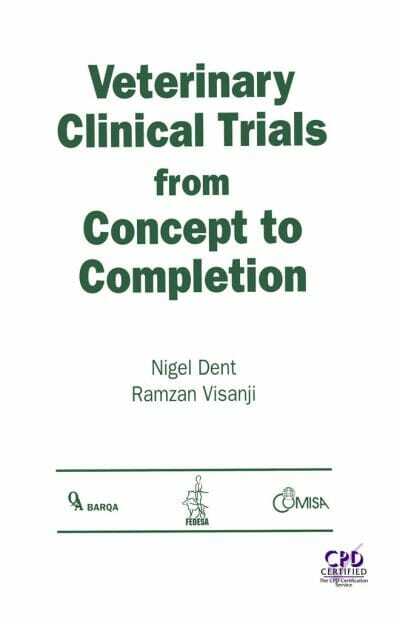
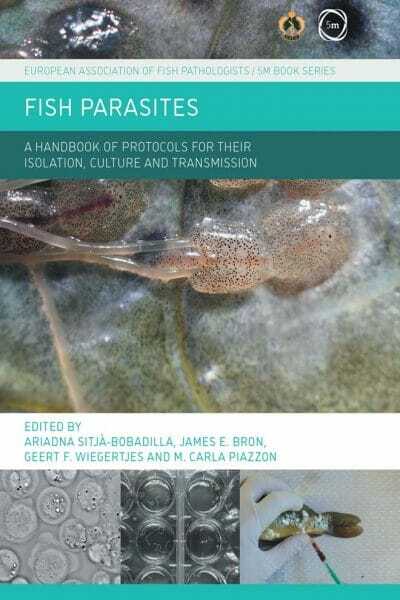




![Ettinger’s Textbook of Veterinary Internal Medicine 9th Edition [PDF+Videos] Ettinger’s Textbook of Veterinary Internal Medicine 9th Edition [True PDF+Videos]](https://www.vet-ebooks.com/wp-content/uploads/2024/10/ettingers-textbook-of-veterinary-internal-medicine-9th-edition-100x70.jpg)
![Textbook of Veterinary Diagnostic Radiology 8th Edition [PDF+Videos+Quizzes] Thrall’s Textbook of Veterinary Diagnostic Radiology, 8th edition PDF](https://www.vet-ebooks.com/wp-content/uploads/2019/09/textbook-of-veterinary-diagnostic-radiology-8th-edition-100x70.jpg)







